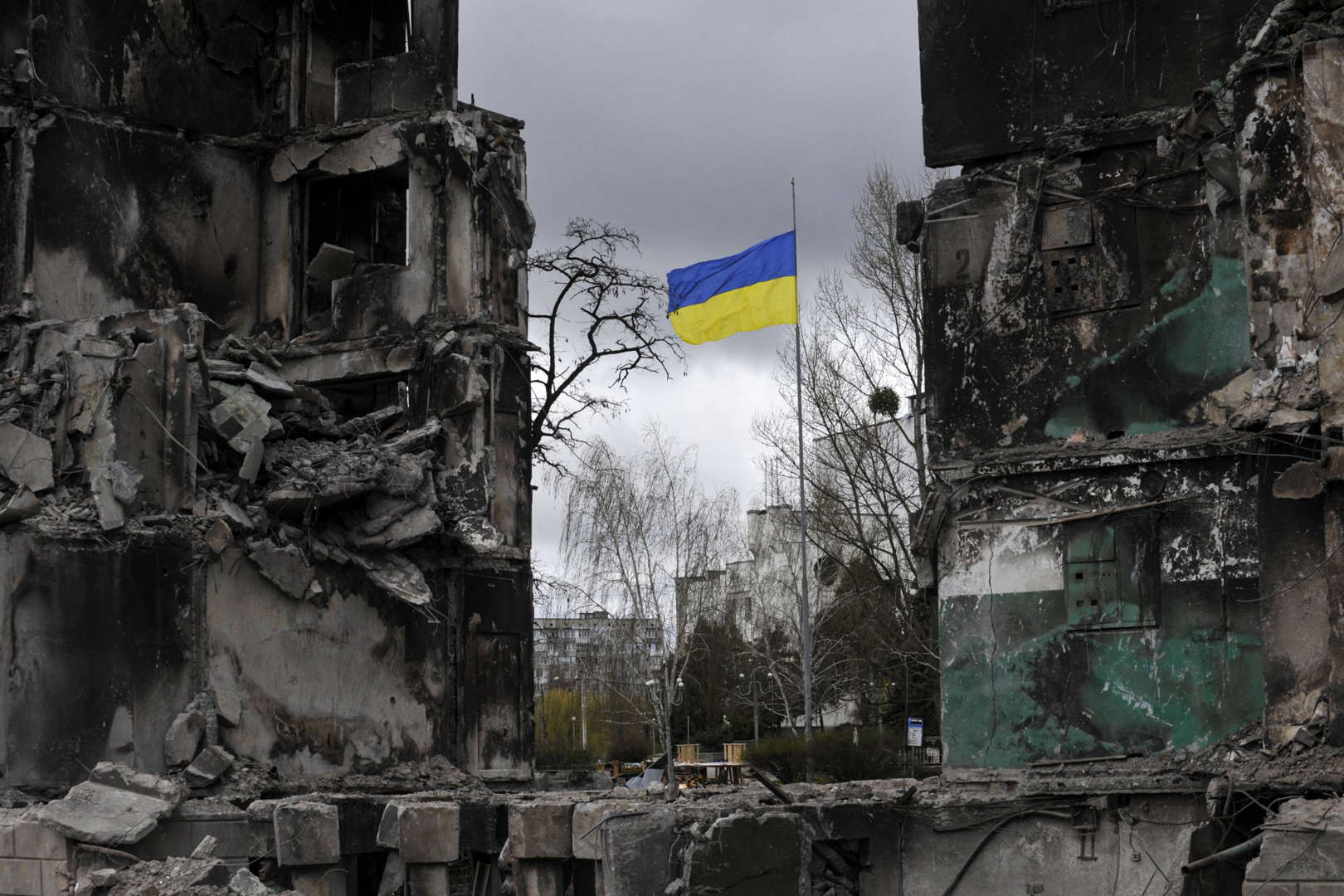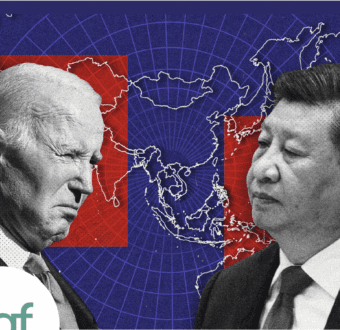Urban warfare fueled by the West will likely destroy Ukraine’s cities

Sending arms is not a panacea — statistics and history show more people will die, more buildings will be leveled, once the fight is joined.
By Zuri Linetsky, Research Fellow
This article appeared in Responsible Statecraft on March 8, 2022.
The Ukrainian Armed Forces have mounted an unexpected and capable defense after the Russian invasion nearly two weeks ago. Ukrainian forces, alongside thousands of volunteer foreign fighters have used American and European-supplied weapons effectively. Defenders have taken advantage of poor Russian military planning in the first few days of the conflict to destroy and/or capture large numbers of Russian military assets. Despite this the Russian military controls Europe’s largest nuclear power plant in southeastern Ukraine, as well as the southern city of Kherson.
Russian military advances have prompted calls for additional military aid and support for an urban insurgency to fend off Russian sieges of Ukrainian cities. Given the availability of weapons in Ukraine, as well as the growing number of foreign fighters and mercenaries in the conflict — Moscow is now reportedly recruiting Syrians skilled in urban combat to fight in Ukraine — the United States and its allies must carefully calibrate the military support they provide. Based on research I conducted, more weapons in support of an urban war will advantage Ukrainian defenders but will lead to a longer more devastating war and have long-term follow-on effects.
Continuing to supply weapons to Ukrainians defending their cities is an appealing concept because cities advantage smaller and poorly armed defenders. Cities, with their narrow streets and alleyways, allow defenders to hide in buildings and create natural hazards for advancing conventional military forces. Improvised explosive devices (IEDs) can be buried at street junctions, which slow advancing attackers. Cities limit the types and quality of intelligence attacking forces can gather about defenders, as well which makes it harder for attacking forces to fight effectively. Human intelligence is paramount for successful urban military campaigns. But, in urban wars there is little incentive for residents to share intelligence. In many cases city residents support local defenders.
Unless attacking military forces want to obliterate a city, they limit their use of tanks, armored infantry, heavy artillery, and air power. Tight urban quarters make conventional militaries operate in lighter and smaller groups, which increases their vulnerability to attack from shoulder-launched missiles, Molotov cocktails, and lightly armed civilians.
Read more of Zuri’s article in Responsible Statecraft.

Written by Zuri Linetsky
Zuri is a research fellow with the Independent America project at the Institute for Global Affairs.
Read more from Zuri
This post is part of Independent America, a research program led out by Jonathan Guyer, which seeks to explore how US foreign policy could better be tailored to new global realities and to the preferences of American voters.










America Prepares for a Pacific War With China It Doesn’t Want